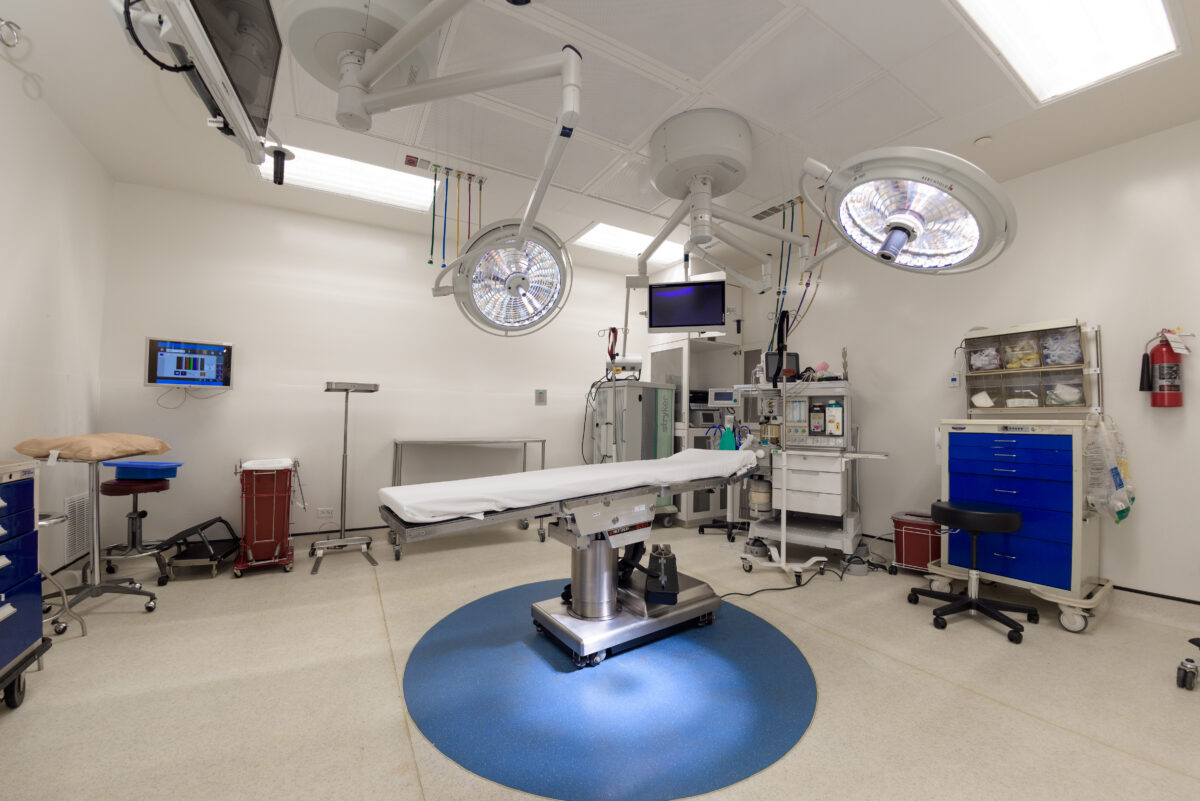Orthopedics 103: Diagnosing Musculoskeletal Injuries W/ Musculoskeletal Ultrasounds
Have you ever experienced pain or discomfort in your muscles, joints, or bones? If so, you may have visited a healthcare provider who used ultrasound imaging to diagnose your injury. Ultrasound is a valuable tool for evaluating musculoskeletal injuries, providing healthcare providers with real-time images that can help identify the source of pain or discomfort. In this article, we will explore the role of ultrasound in diagnosing musculoskeletal injuries and how local orthopedists use ultrasounds to improve patient care.
What Is Musculoskeletal Ultrasound?
Musculoskeletal ultrasound is a non-invasive imaging technique that uses high-frequency sound waves to produce images of muscles, tendons, ligaments, bones, and other structures in the body. Ultrasound imaging is safe and does not use radiation, making it a preferred method for evaluating musculoskeletal injuries. The technology allows healthcare providers to see the affected area in real-time and visualize the injury in greater detail than traditional X-rays.
The Benefits Of Musculoskeletal Ultrasound
Some of the benefits of musculoskeletal ultrasound include:
- Non-Invasive:
Ultrasound imaging is a non-invasive technique that does not require any incisions or needles. This makes it a more comfortable and safer option for patients.
- Real-Time Imaging:
Ultrasound imaging provides real-time images of the affected area, allowing healthcare providers to see the injury as it occurs. This can help identify the source of pain or discomfort and improve accuracy in diagnosis.
- Improved Patient Care:
Ultrasound imaging can help healthcare providers make more accurate diagnoses, leading to better patient care and outcomes. It can also reduce the need for more invasive procedures or surgery.
- Cost-Effective:
Musculoskeletal ultrasound is often less expensive than other imaging techniques, such as MRI. This makes it a more accessible option for patients, especially those who may not have insurance or who are on a tight budget.
Limitations Of Ultrasound In Diagnosing Musculoskeletal Injuries
While ultrasound is a useful tool for diagnosing musculoskeletal injuries, it does have its limitations. One of the main limitations is its inability to provide detailed images of bones. This means that if a patient has a suspected fracture or other bone-related injury, an X-ray or other imaging modality may be necessary. Additionally, ultrasound may not be as effective in imaging larger areas of the body, such as the hip or shoulder, where it may be difficult to get clear images.
Third limitation of ultrasound is that it is operator-dependent. This means that the quality of the images produced can vary depending on the skill and experience of the operator. To ensure the most accurate diagnosis, it is important to have an experienced and skilled ultrasound technician or radiologist performing the procedure.
Conclusion
Ultrasound has become an increasingly important tool in diagnosing musculoskeletal injuries. Its non-invasive nature, real-time imaging, and relative affordability make it a valuable option for patients and doctors alike. While it does have its limitations, particularly in imaging bones and larger areas of the body, ultrasound can provide important information for the diagnosis and treatment of many types of musculoskeletal injuries.
Contributed With Help From:
EMU Orthopedic Center Queens 8340 Woodhaven Blvd Ste 5 Glendale, NY 11385 (929) 299-6122 https://www.emuhealth.com/multispecialty/orthopedics/.

